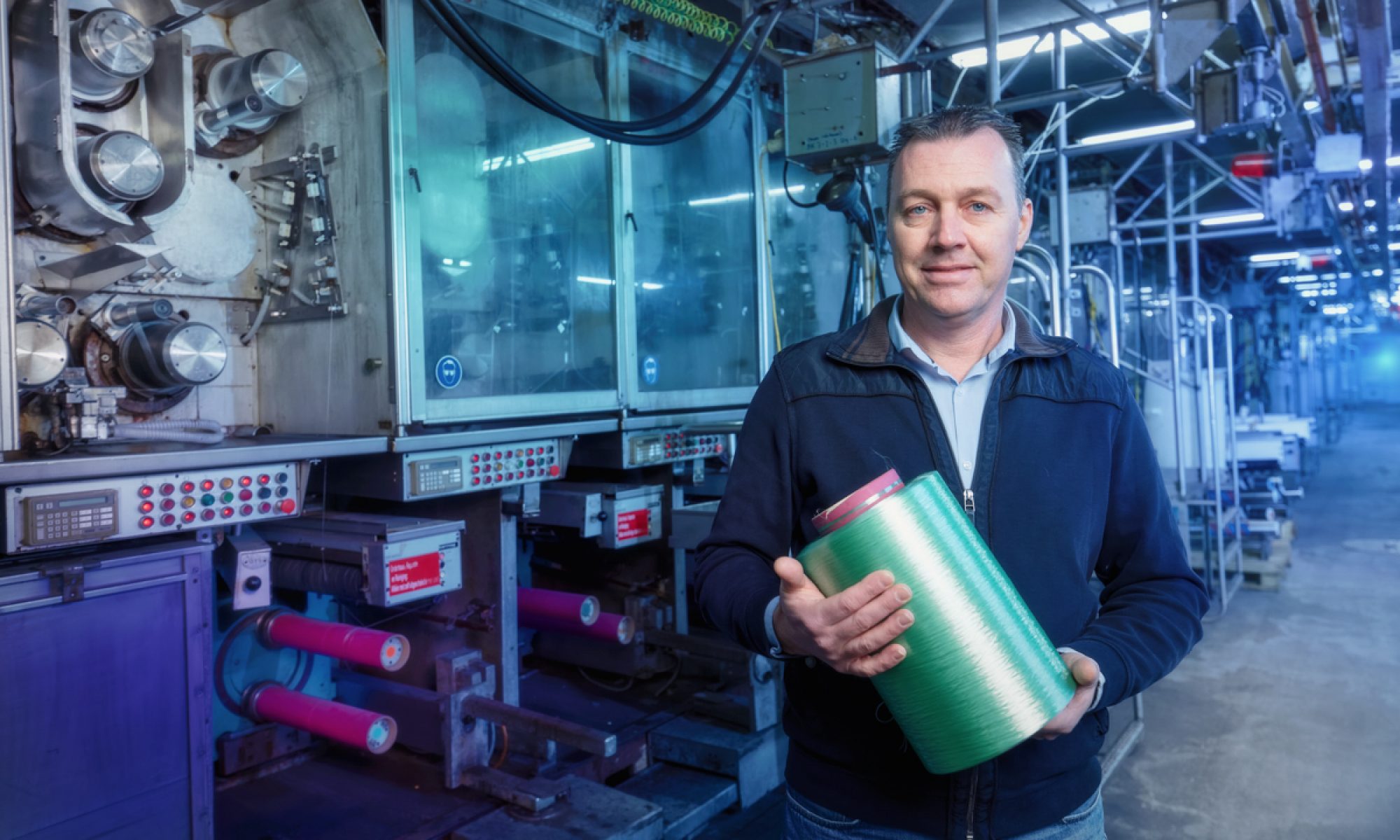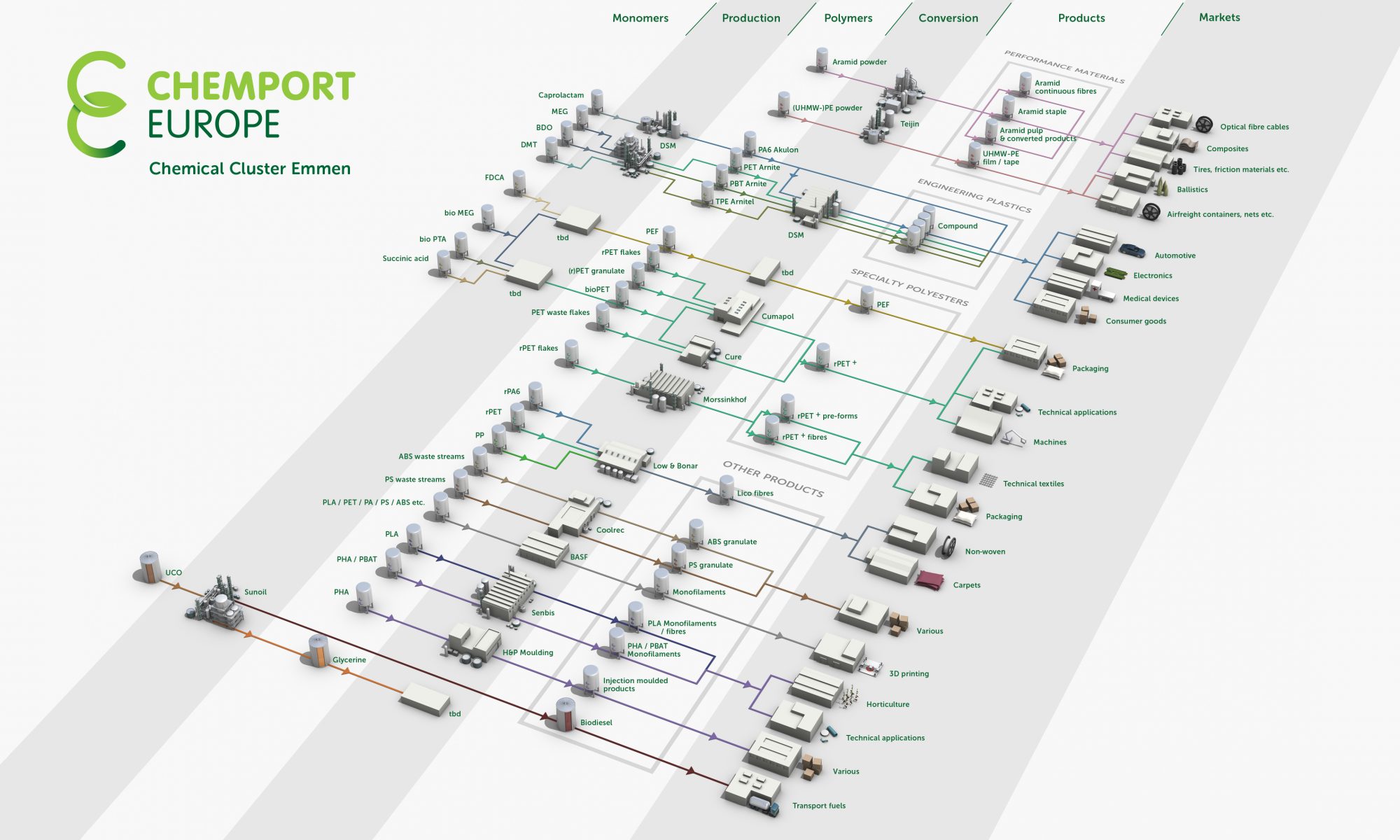In order to make our plastics truly green, biopolymers are needed. Some, like polylactic acid (PLA) are already on the market, others are still underdevelopment. Especially in Emmen, biopolymers are rapidly moving to the market.
The future for sustainable plastics is in bio-based polymers. But the present is in recycling. Recycling will have the biggest impact in the near future. The technology for converting old plastics into new products via mechanical recycling is already well developed, while chemical recycling is developing fast. The next step is to add bio based componentsto this process.
Ultimately, plastics should be either fully bio basedor circular. PLA-based plastics are already on the market and the production volume is increasing. These plastics are biodegradable, but only under industrial conditions. Companies like Senbis use PLA in twine, while Innofil3D makes PLA based filaments for 3D printers.
PHA (polyhydroxyalkanoate) is used to make plastics that are fully biodegradable, even in a garden compost heap. However, the development of these plastics lags some fifteen years behind those made of PLA. Overall, it will take some time to develop a larger spectrum of biodegradable polymers. The use of these polymers has to grow,and this growth should pick up speed.
In Chemical Cluster Emmen, quite a bit of research is done on PHA and other biopolymers. What makes Emmen unique is that several companies have found niche markets for which they developed products. Currently, new PHA applications are developed together with the Fraunhofer Institute in Potsdam. A development on the horizon is the development of biocomposites, bioplastics reinforced with e.g. hemp fibres and bio-based resins. In biopolymers, Emmen is a real major league player.

